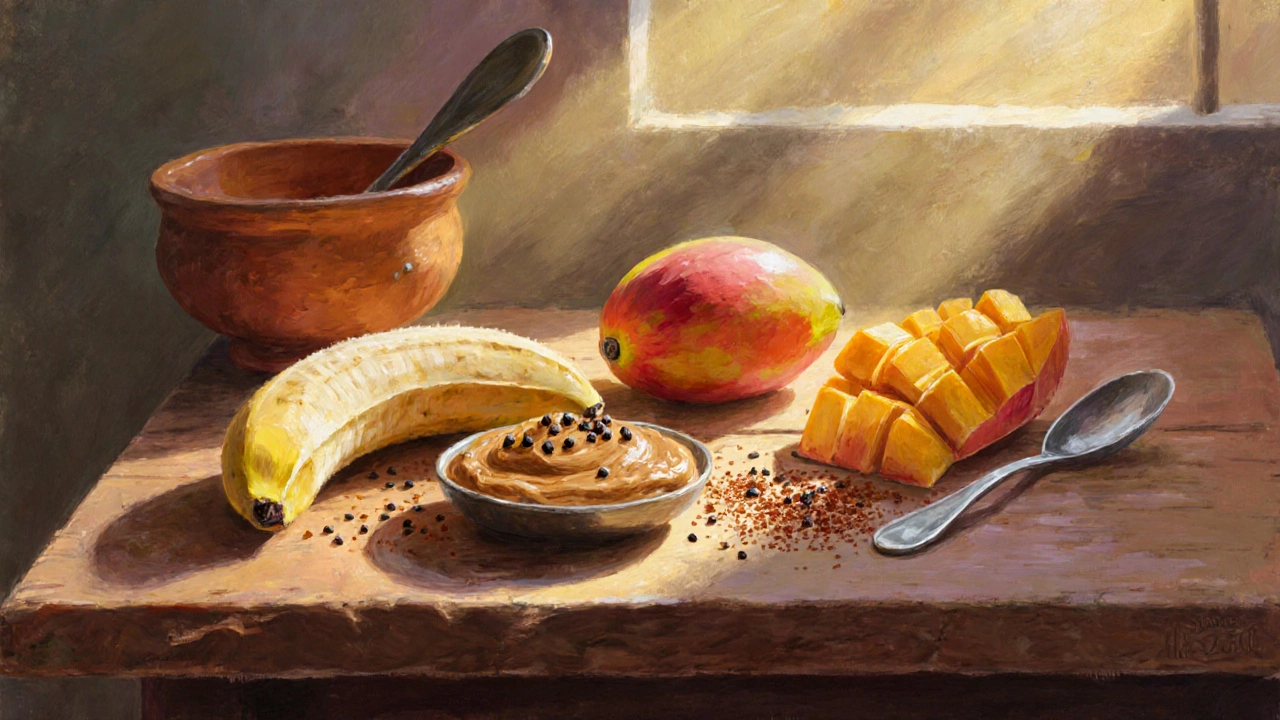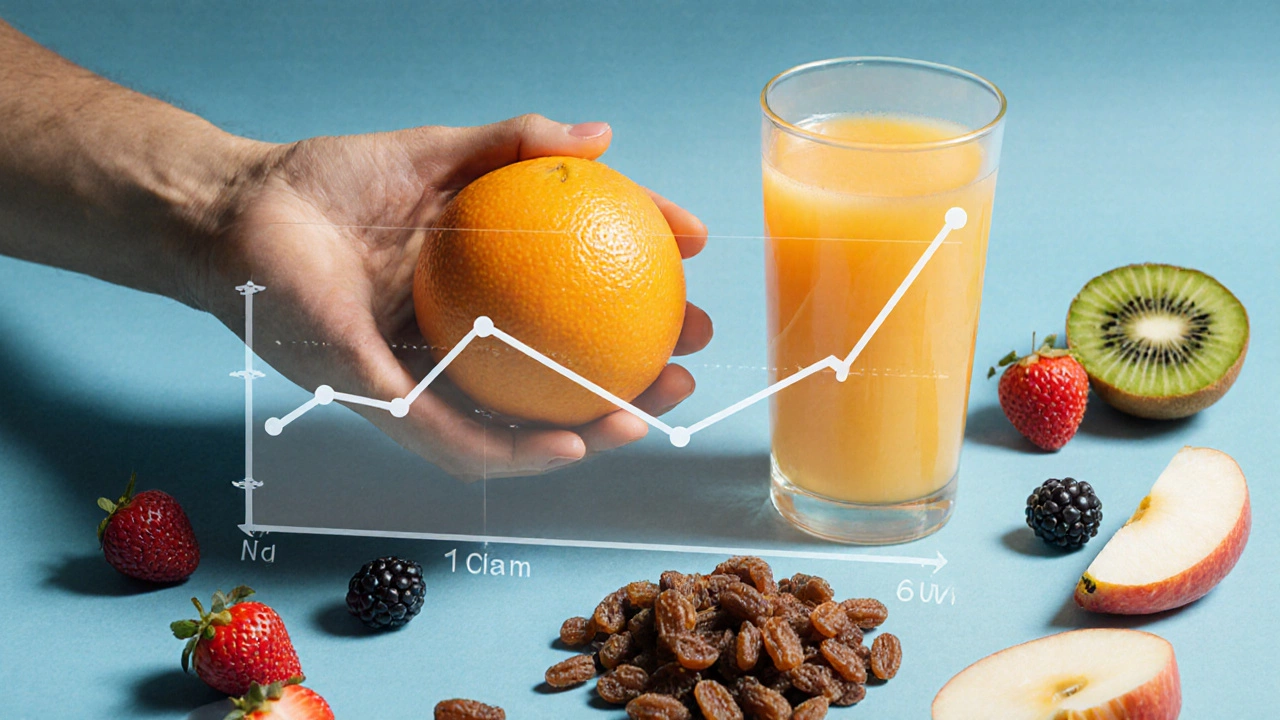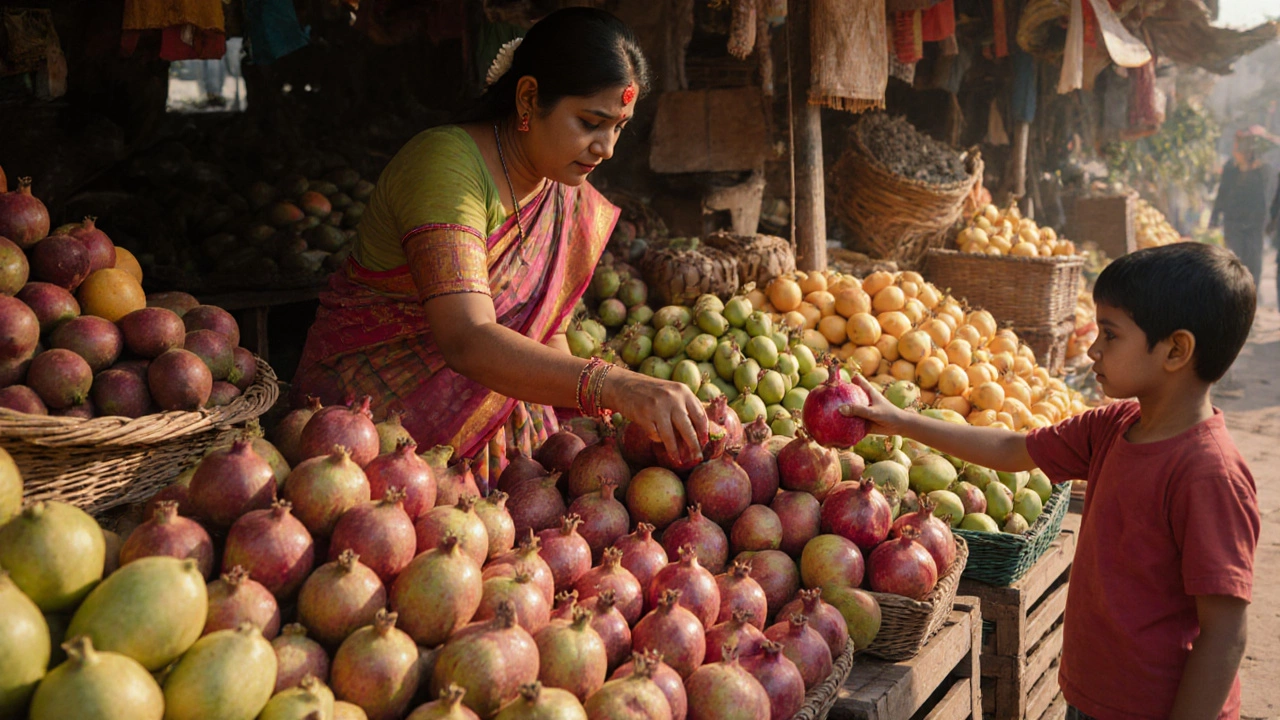When you hear healthiest fruit, you might think of fancy superfoods sold in fancy shops. But the truth? The best fruit for your health isn’t about price tags or Instagram trends. It’s about what actually works in your body, day after day.
It’s Not One Fruit - It’s the Whole Group
There’s no single winner. No magic berry that beats everything else. Saying one fruit is the healthiest is like saying one type of rice is the best. It depends on what you need.Apples? Great for fiber and keeping blood sugar steady. Blueberries? Packed with antioxidants that fight inflammation. Bananas? Perfect for quick energy and potassium. Oranges? Loaded with vitamin C that supports your immune system.
Here’s the real secret: eating a variety of fruits gives you more benefits than chasing one ‘top’ fruit. Different colors mean different nutrients. Red fruits like strawberries bring lycopene. Purple ones like blackberries give anthocyanins. Green kiwis offer vitamin K and fiber. You don’t need to pick one - you need to mix them.
Why Indian Diets Get This Right
Traditional Indian eating habits already know this. For generations, people have eaten seasonal fruits as snacks - not as desserts, but as part of the meal. Think mangoes in summer, pomegranates in winter, guavas year-round. These aren’t just tasty. They’re practical.Guava, for example, has four times more vitamin C than an orange. It’s also high in fiber and low in sugar. In rural India, kids snack on raw guava with a pinch of salt. No sugar, no processing. Just real food.
Indian households also use dried fruits like dates and figs as natural sweeteners. A couple of soaked dates in milk or chutney? That’s a healthy alternative to candy. No refined sugar. No additives. Just natural energy.
Fruits That Actually Help With Snacking
If you’re trying to cut out chips, biscuits, or fried snacks, fruit is your best tool. But not all fruits work equally well for snacking.- Apples - Crunchy, filling, and take time to eat. That slows you down and helps you feel full faster.
- Oranges - Easy to peel, portable, and hydrating. One orange gives you nearly 100% of your daily vitamin C.
- Guava - Low glycemic index, so it won’t spike your blood sugar. Great for people watching their weight or managing diabetes.
- Bananas - Perfect for pre-workout energy. One medium banana has 105 calories and 3 grams of fiber.
- Berries - Blueberries, strawberries, and raspberries are low in sugar but high in antioxidants. A cup has under 80 calories.
These fruits don’t need prep. You can grab them on the go. No cutting, no cooking. That’s why they’re ideal for busy days.

What About Dried Fruits and Juices?
Dried fruits like raisins, apricots, and prunes are nutrient-dense. But they’re also concentrated in sugar. A small handful of raisins equals the sugar of three oranges - without the fiber or water content that slows absorption.Same goes for fruit juice. Even 100% pure juice strips away fiber and packs in sugar fast. One glass of orange juice uses three oranges. Your body treats it like soda. Whole fruit? Slower digestion, better blood sugar control.
If you want dried fruit, stick to small portions. Two dates or a tablespoon of raisins as a snack? Fine. A whole bag? Not so much.
Real-World Examples: What People Actually Eat
Look at how people in India eat fruit daily:- At breakfast: A banana with a spoon of peanut butter.
- Mid-morning snack: A bowl of chopped papaya with a sprinkle of black salt.
- After lunch: A few slices of raw mango with chili powder.
- Evening: A handful of pomegranate seeds.
No fancy diets. No supplements. Just real, seasonal, local fruit. That’s the model.
Compare that to packaged fruit snacks with added sugar, preservatives, and artificial flavors. Those aren’t fruit. They’re candy with a fruit name.
How to Choose Based on Your Goals
Not everyone needs the same fruit. Your body’s needs change.- For digestion: Go for high-fiber fruits like pears, apples with skin, and figs.
- For energy: Bananas, dates, and mangoes give quick, natural fuel.
- For immunity: Oranges, guavas, kiwis, and amla (Indian gooseberry) are top choices.
- For skin and anti-aging: Berries, papaya, and pomegranate fight free radicals.
- For weight management: Low-calorie, high-volume fruits like watermelon, strawberries, and grapefruit help you feel full without overeating.
There’s no one-size-fits-all. But you can match your fruit to your goal.

What to Avoid
Some fruits are fine in moderation, but not as daily snacks:- Dried coconut - High in saturated fat. A little is okay, but not for regular snacking.
- Mangoes in excess - Delicious, but high in natural sugar. One a day is fine. Three? You’re drinking sugar.
- Canned fruit in syrup - Often loaded with added sugar. Always check the label.
Also skip fruit-flavored yogurt, fruit bars, and smoothies with added honey or sweeteners. They sound healthy. They’re not.
Simple Rules for Daily Fruit Eating
You don’t need a diet plan. Just follow these:- Choose at least three different colors of fruit each week.
- Eat fruit whole, not juiced or dried, unless it’s a small portion.
- Pair fruit with a protein or healthy fat - like nuts or yogurt - to slow sugar absorption.
- Seasonal is better than imported. It’s fresher, cheaper, and more nutritious.
- Don’t use fruit as a reward. Make it your default snack.
That’s it. No complicated charts. No calorie counting. Just real food, eaten regularly.
Final Thought: The Real Healthiest Fruit Is the One You’ll Actually Eat
The best fruit isn’t the one with the most scientific studies. It’s the one you’ll reach for when you’re hungry. If you hate kiwi, don’t force it. If you love mangoes, enjoy them - just don’t eat five a day.Health isn’t about perfection. It’s about consistency. A daily apple. A handful of berries. A ripe banana after work. These small habits add up.
Forget the hype. Eat what’s local, what’s fresh, and what you enjoy. That’s the real secret to the healthiest fruit.
